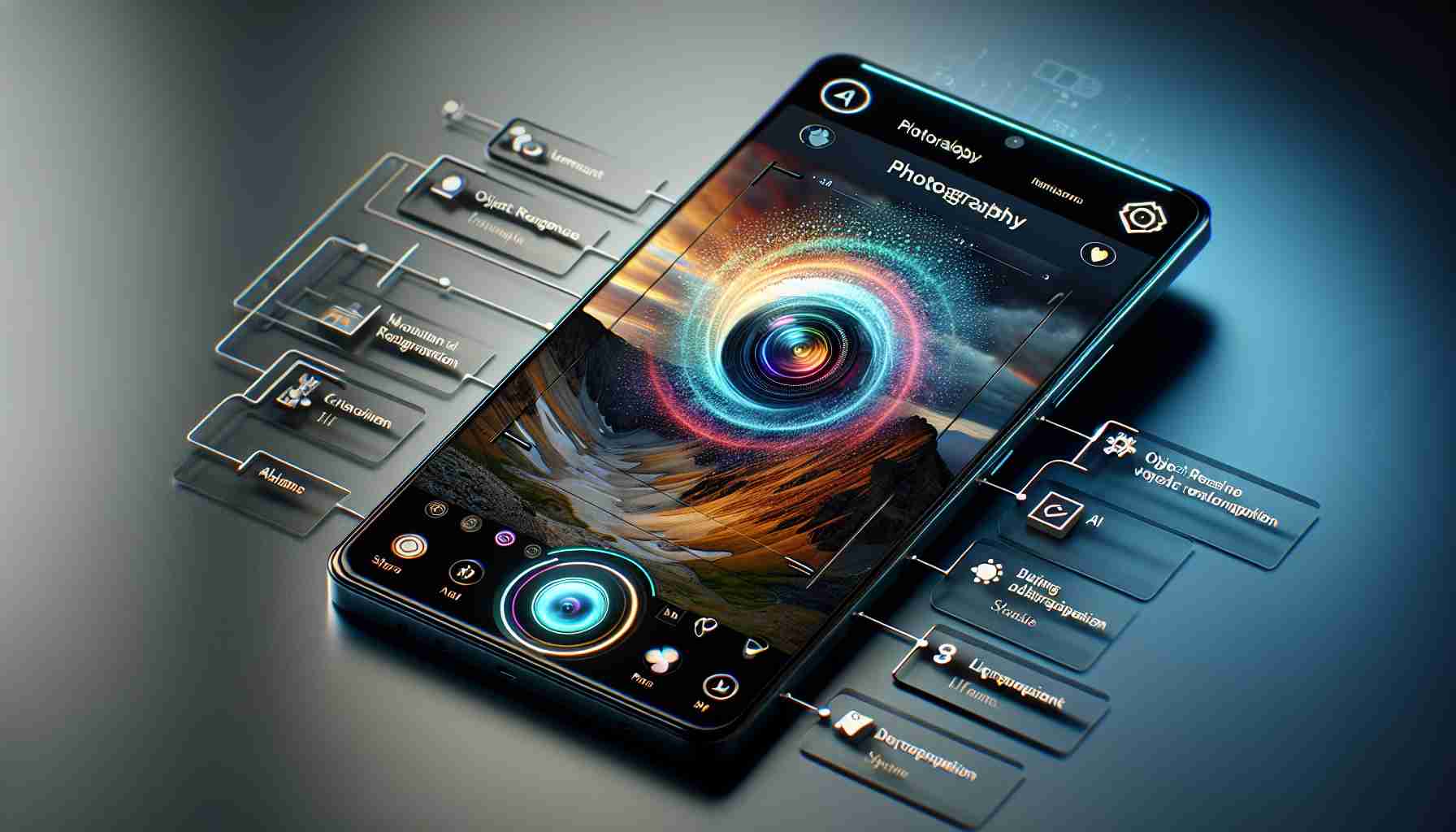Artificial Intelligence Reshapes Mobile Imaging
In the dynamic realm of technology, artificial intelligence (AI) has become a transformative force, particularly in the domain of smartphone photography. AI now facilitates fascinating new capabilities for capturing and editing images directly on smart devices. For instance, AI is adept at recognizing humans and animals, offering the power to seamlessly remove objects or individuals from photos. Sophisticated algorithms enable intelligent scene detection, which automatically fine-tunes shooting parameters for optimal results.
Embracing AI, tech behemoths like Samsung, Apple, Google, Xiaomi, and OnePlus have introduced groundbreaking features for photography, both during and post-capture. These tech giants push the boundaries of what’s possible, delivering superior night shots and inventive selfie options fueled by machine learning.
The Prowess of On-Device AI in Modern Smartphones
High-end smartphones now harbor chipsets robust enough to conduct complex AI operations without depending on cloud services. This integration has led to a surge in generative AI capabilities similar to those seen in models like ChatGPT. Users benefit from enhanced photographic experiences, thanks to brand-specific AI innovations like Galaxy AI from Samsung and Google AI.
Whether it’s crafting the perfect portrait or capturing the essence of a starlit sky, the latest smartphones are becoming indispensable tools for both amateurs and professionals, courtesy of the AI revolution propelling mobile photography to new heights.
Advantages and Disadvantages of AI in Smartphone Photography
AI technology has revolutionized the way we take and edit photos on smartphones. Some advantages include:
– Advanced Editing Capabilities: AI can automatically adjust photos for better composition, lighting, and color balance.
– Intelligent Scene Recognition: AI can analyze scenes in real-time and make adjustments to camera settings to capture the best image.
– Object Recognition and Removal: AI can detect and remove unwanted objects or people from photos, reducing the need for manual editing.
– Enhanced Low Light Photography: With AI, smartphones can take clearer and brighter images in low-light conditions without additional equipment.
– Improved Convenience: AI-powered features in smartphone cameras can simplify the photography process, making it more accessible for casual users.
However, there are also disadvantages:
– Privacy Concerns: The use of AI in smartphones raises questions about privacy, as AI requires access to data that could potentially be misused if not secured properly.
– Computational Limits: While on-device AI capabilities are growing, they are still limited by the computational power of mobile devices compared to desktop systems.
– Artificial Aesthetics: Some argue that AI alters the art of photography by applying standardized enhancements, leading to a loss of individual, human-driven creativity.
– Dependence on Technology: An over-reliance on AI might reduce the skill level and understanding of photography among users.
Key Challenges and Controversies
One of the challenges in incorporating AI into smartphone photography is balancing computational demands with battery life and device efficiency. There are also ongoing debates over the authenticity and ethics of AI-manipulated photos, as these could potentially distort reality or facilitate the creation of deepfakes.
Another controversy relates to the potential job displacement AI might cause in professional photography and image editing sectors. While AI empowers more users to take high-quality photos, it could also reduce the demand for professional skills.
Related Links
For additional information on the latest advancements in AI and how they’re impacting various industries, you might be interested in visiting the main pages of these prominent technology firms involved in AI development:
– Apple
– Google
– Samsung
– Xiaomi
– OnePlus
These companies are consistently at the forefront of integrating AI into their devices to enhance the user experience, not only in photography but across many aspects of smartphone use.
The source of the article is from the blog mivalle.net.ar
